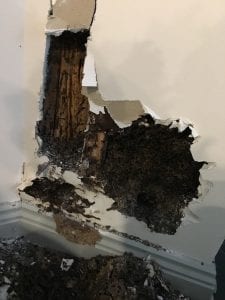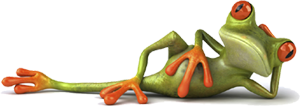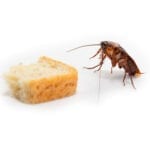Termites can be one of the biggest pests when it comes to structural damage. They belong to the cockroach family and are generally off-white in appearance. Sometimes mistaken for ants, the easiest way to tell them apart is the termites’ colour and straight antennae. Termites feed on the dried cellulose that comes from dead wood (such as timber in a house). These pests can be extremely destructive so if you think you have signs of a termite problem call your local Maryborough pest control or termite inspection company right away.
Termites have a complex lifestyle and are social insects, so they live in colonies with different roles and a social hierarchy. They are hemimetabolous meaning they look very similar throughout their whole lifecycle (with exception of the eggs of course). Luckily, this means they are relatively easy to identify at all stages of maturity.

The Termite Lifecycle:
- Egg
- Larvae
- Nymph
- Adult
Eggs
Termites begin their lives as small white eggs. These eggs are laid by the queen, generally in a specially constructed mound or in the walls of homes or old logs. Termite eggs are often hard to spot due to their small size and the way they’re hidden deep within the walls. These eggs are incubated and cared for by worker termites until they hatch into larvae.
Larvae
Once termites reach the larval stage they begin to moult and turn into fully reproductive nymphs. Towards the end of the larval stage the termites then differentiate into one of three main castes: workers, soldiers and reproductives.
Nymphs
At the nymph stage, termite begin to undergo more moults and eventually develop both a hard and soft exoskeleton. These termites are fully differentiated into workers, soldiers and reproductives. Nymphs look very similar to an adult termite, except usually without wings.

Adult
By the time termites reach the adult stage they have fully functioning wings and eyes and their exoskeleton has completely developed. Adults continue to moult through the course of their lifespan. Once the termites become fully mature adults, swarming occurs. This is when termites become the most visible. If you believe you might have a termite problem it is important to organise a termite inspection with your local pest control as soon as possible to prevent any further damage. After swarming occurs and the termites find a mate, they shed their wings and establish their new colony. The Queen of the colony lays her eggs and the lifecycle starts again.
Lifespan
A termites lifespan is generally between one to two years with the exception of the queen which can live for more than ten years. Termite queens have one of the longest lifespans of all the insects.
If you find yourself with a termite problem or suspect you may have termite damage call your local for a termite treatment. Ideally termite treatments should be done to at risk homes and buildings as preventative care rather than after it becomes a problem. For all your Maryborough and Hervey Bay termite and pest control needs contact Ivey’s Carpet Cleaning and Pest Control on (07) 4122 4148.



